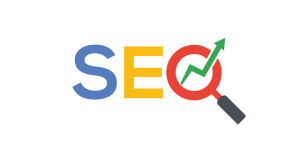On-Page SEO is vital for optimizing landing pages, driving organic traffic, and boosting search engine rankings. It involves optimizing key elements like titles, headings, meta descriptions, and content to match user intent and relevant keywords. Effective strategies include creating engaging title tags (50-60 chars), concise meta descriptions (155-160 chars), keyword-rich headings that structure content for better scannability, internal linking for intuitive navigation and distributed link equity, descriptive image file names and alt tags, and optimizing visual elements for faster loading times. By implementing these techniques, you enhance user experience while signaling to search engines the page's authority, increasing its visibility and rankings.
In today’s digital landscape, effective On-Page SEO is crucial for maximizing the potential of landing pages. This comprehensive guide delves into the essential elements driving search engine rankings. From optimizing title tags and meta descriptions to leveraging headings, subheadings, and strategic keyword usage, we explore proven strategies to enhance visibility. Learn how internal linking and optimized images can further bolster your On-Page SEO efforts, ensuring your landing pages captivate audiences and outperform competitors.
Understanding On-Page SEO for Landing Pages
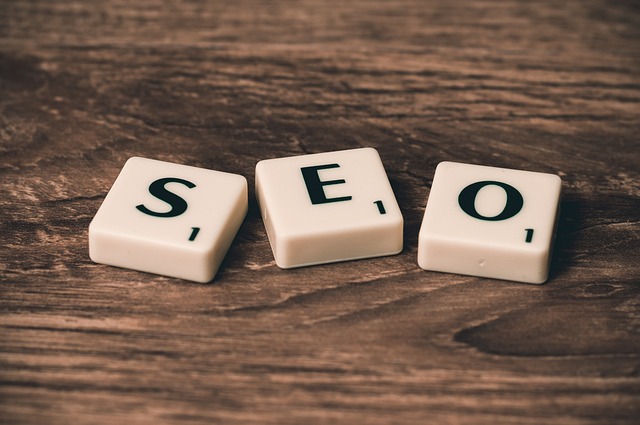
Understanding On-Page SEO for Landing Pages involves optimizing various elements within your web page to ensure search engines can easily comprehend and rank it. This includes optimizing titles, headings, meta descriptions, URLs, and content to align with relevant keywords and user intent. By ensuring these on-page factors are well-tuned, you increase the likelihood of your landing page appearing in higher search engine results pages (SERPs).
Effective On-Page SEO also focuses on creating high-quality, engaging content that provides value to visitors. This involves conducting thorough keyword research to identify terms and phrases users frequently search for when looking for products or services similar to yours. Integrating these keywords naturally into your copy, without appearing spammy, signals to search engines that your page is relevant and authoritative on the topic.
Optimizing Title Tags and Meta Descriptions
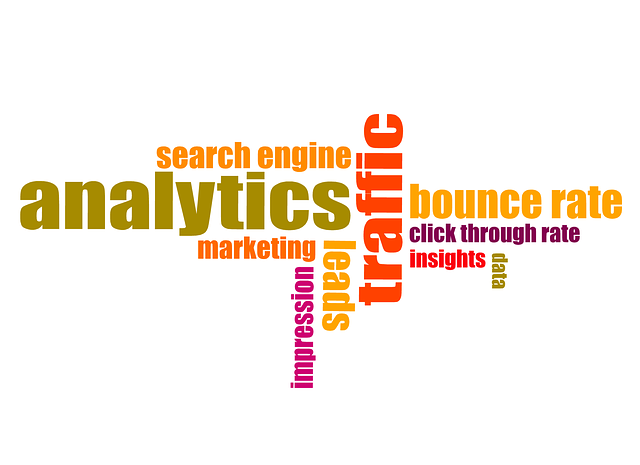
Optimizing title tags and meta descriptions is a crucial aspect of on-page SEO for landing pages. The title tag, often displayed as the page title in search engine results, should be compelling and include your target keyword to capture users’ attention while providing a clear indication of what the page is about. It’s important to keep it concise, ideally between 50–60 characters, to ensure it’s fully visible on all devices and doesn’t get truncated.
Meta descriptions, though not directly influential in search rankings, play a significant role in click-through rates (CTRs). They provide a brief summary of the page content, typically within 155-160 characters, and appear as hover text in search results. Crafting compelling meta descriptions that allude to the value users will gain from clicking through can significantly enhance your site’s visibility and drive more traffic to your landing pages.
The Role of Headings and Subheadings in SEO
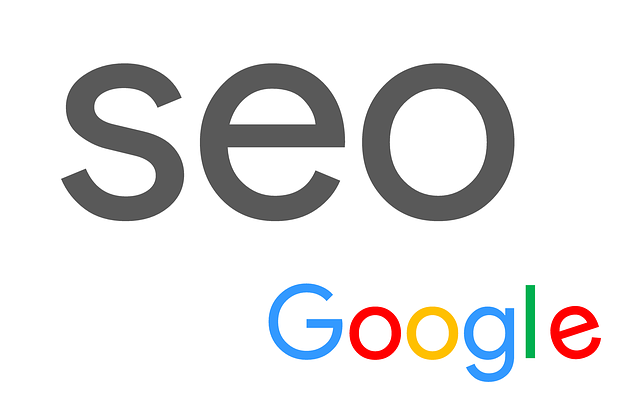
Headings and subheadings play a pivotal role in on-page SEO, serving as both a navigation tool for users and a signal to search engines about the content hierarchy. When crafting headings for landing pages, it’s crucial to keep them strategic and keyword-rich. The main heading should ideally be a concise representation of the page’s primary topic, incorporating the target keyword. For instance, if the landing page discusses “the benefits of organic SEO,” the heading might be: “Unlocking Business Growth: The Benefits of Organic SEO.”
Subheadings then break down the content into digestible sections, each focusing on a specific aspect. These subheadings should naturally include relevant keywords and provide a clear flow of information. Search engines use these headings to understand the structure and context of your content, which can significantly impact ranking. Well-optimized headings and subheadings not only enhance the user experience by making content scannable but also increase the likelihood of search engines indexing your landing page higher, driving more organic traffic.
Effective Use of Keywords in Content
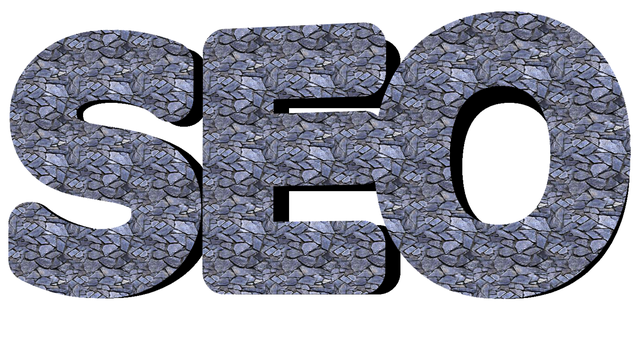
The effective use of keywords is a cornerstone of on-page SEO for landing pages. Keywords should be integrated naturally into your content, reflecting the search terms your target audience uses when looking for products or services similar to yours. This means understanding user intent and incorporating relevant keywords in strategic places like headings, subheadings, meta descriptions, and throughout the body text.
But keyword stuffing is a common pitfall that can harm more than help. Overusing keywords or placing them in awkward locations can make your content seem forced and unreadably. Instead, focus on creating high-quality, engaging content that coincidentally includes your target keywords. This approach not only improves user experience but also signals to search engines that your landing page is a valuable resource, boosting its likelihood of ranking higher in search results.
Enhancing SEO with Internal Linking

Internal linking is a powerful strategy within On-Page SEO that can significantly boost your landing page’s visibility and performance in search engine rankings. By strategically connecting relevant pages within your website, you create a network that guides users and search engines alike. This technique allows you to distribute link equity across your site, strengthening the authority of each page. When a user navigates from one page to another, search engines interpret this as a signal that your content is valuable and interconnected.
Each internal link acts as a vote of confidence for both the linked and linking pages. It helps search algorithms understand the context and relevance of your content, ensuring that landing pages receive the attention they deserve. Well-implemented internal linking can improve user experience by providing easy navigation, encouraging users to explore more of your site, and ultimately increasing the time they spend on it.
Optimizing Images for Search Engines
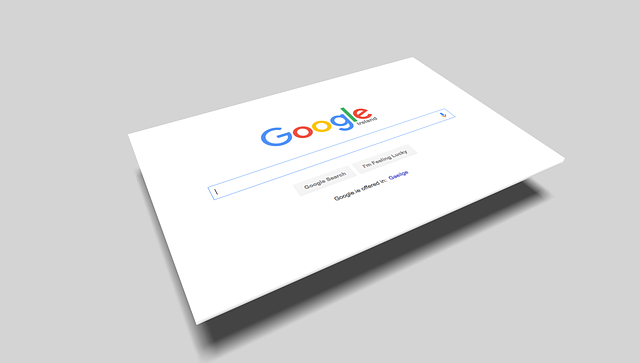
Optimizing images is an integral part of on-page SEO for landing pages, as they significantly impact user experience and search engine rankings. When optimizing, ensure your image file names are descriptive and include relevant keywords that accurately represent the content. For instance, instead of using generic names like “image1”, use something like “product-close-up” or “team-meeting”.
Additionally, compress images to reduce their size without compromising quality. Smaller image files not only improve page load times, but also enhance accessibility and contribute to better search engine indexing. Utilize alt tags to provide alternative text for images, which aids visually impaired users and gives search engines a clearer understanding of the content your images represent.
Conclusion: Best Practices for On-Page SEO Implementation
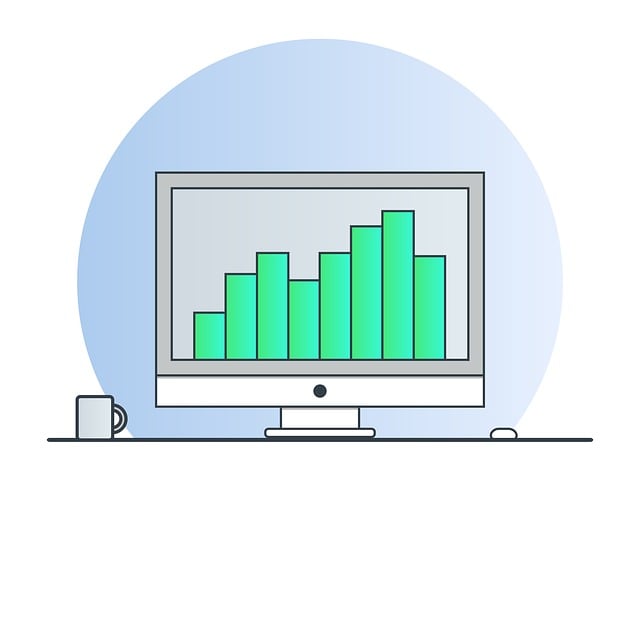
Implementing effective on-page SEO strategies is key to optimizing landing pages and enhancing overall search engine rankings. One of the best practices is keyword optimization, where relevant keywords are strategically placed in titles, headings, meta descriptions, and throughout the content. This ensures that both search engines and users understand the page’s focus and context. Additionally, creating high-quality, engaging content is vital; it not only caters to the audience’s needs but also encourages longer user interactions, signaling to search algorithms that your landing page offers valuable information.
Visual elements, such as optimized images with alt tags, can significantly improve on-page SEO. These tags provide context for image content, allowing search engines to index them appropriately and can also enhance accessibility for all users. Further, ensuring fast loading times through efficient coding, minimizing HTTP requests, and optimizing image sizes is a best practice that contributes to better user experience and positively influences SEO rankings.
